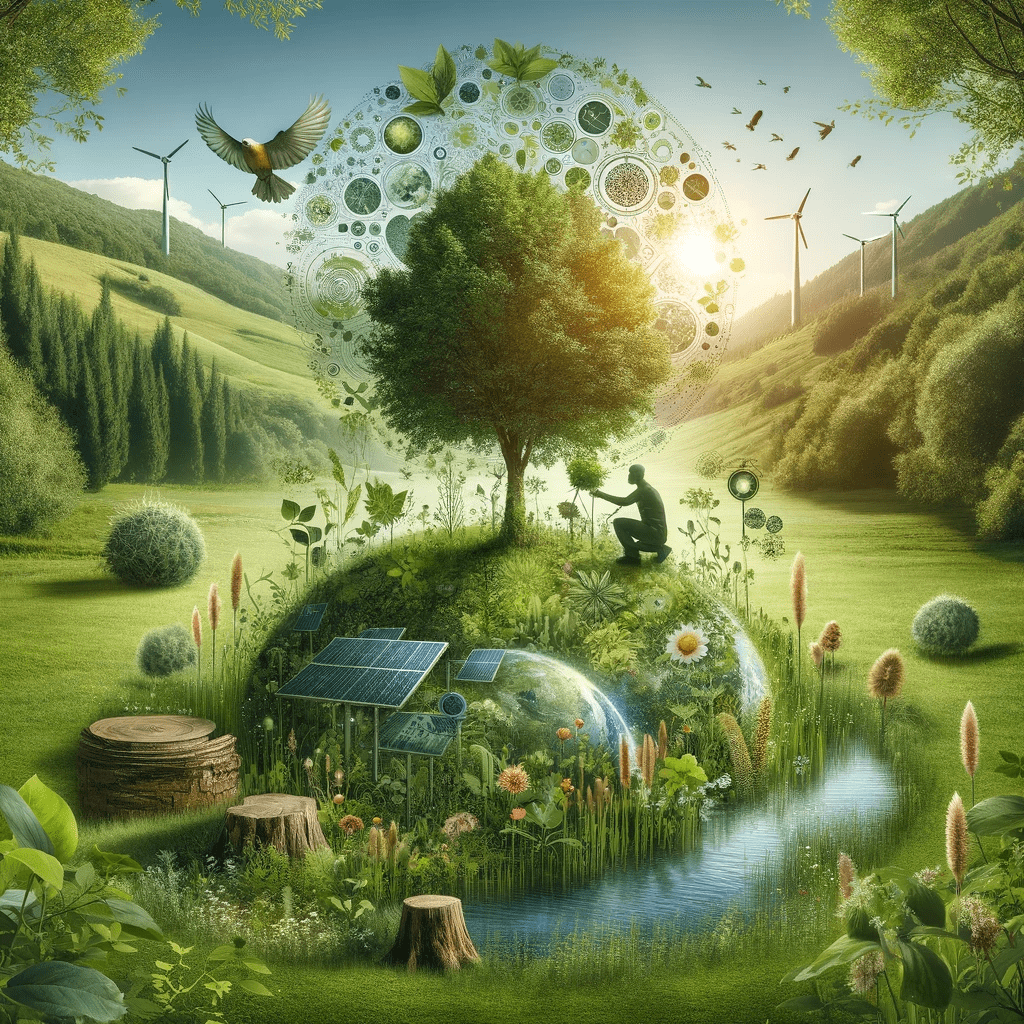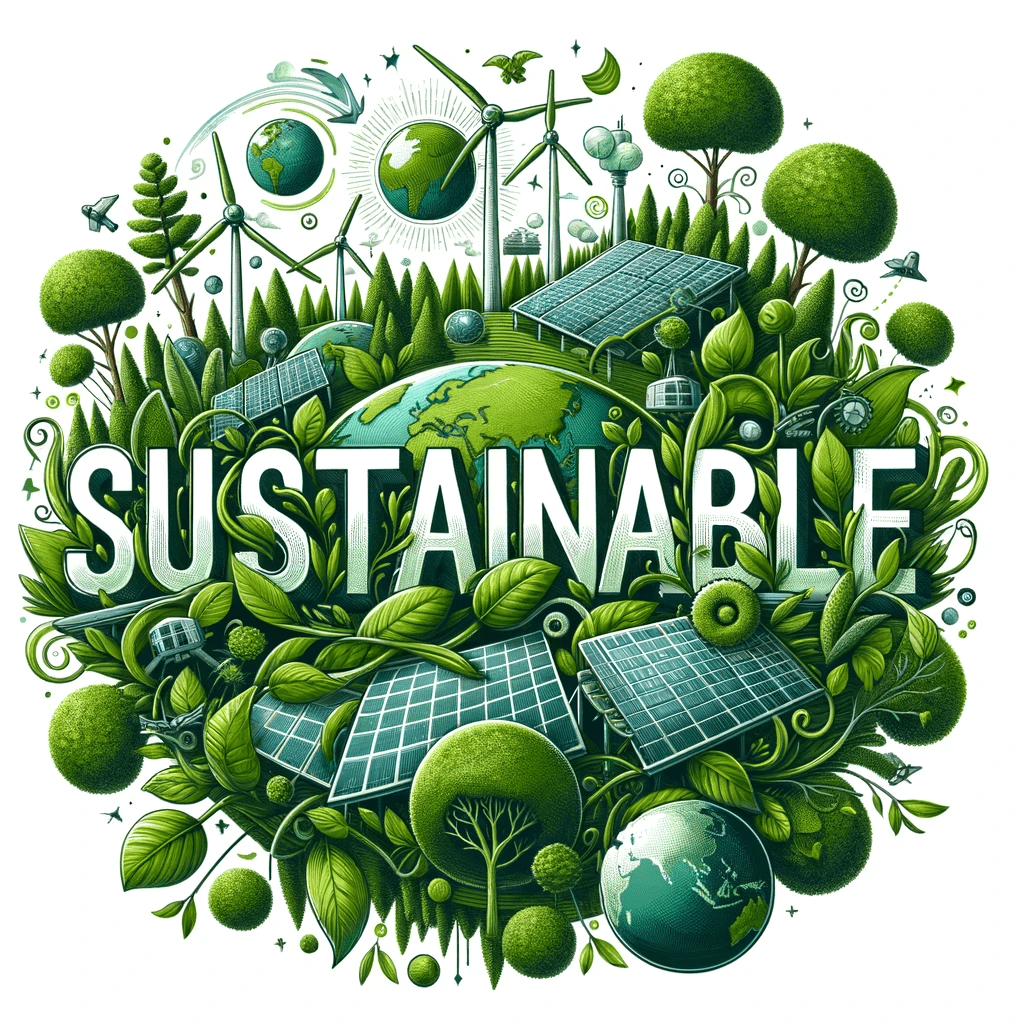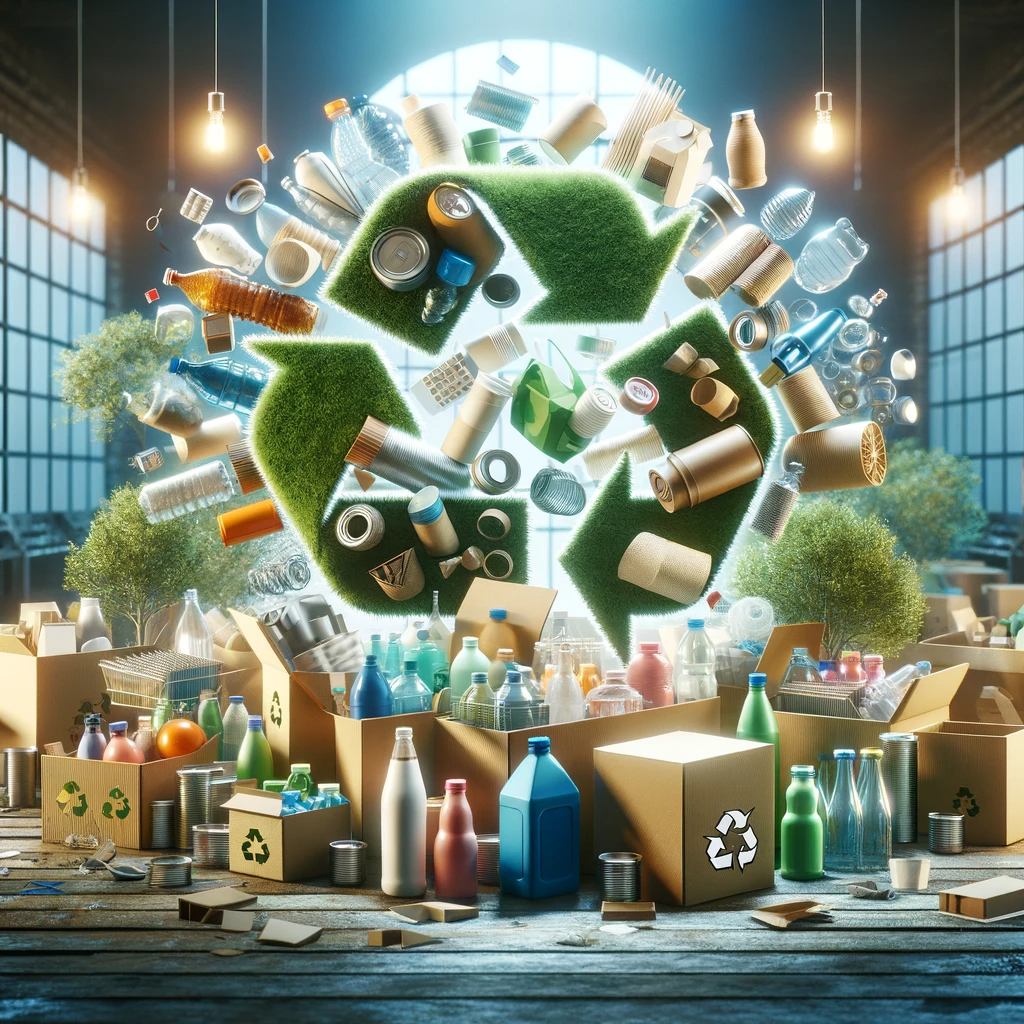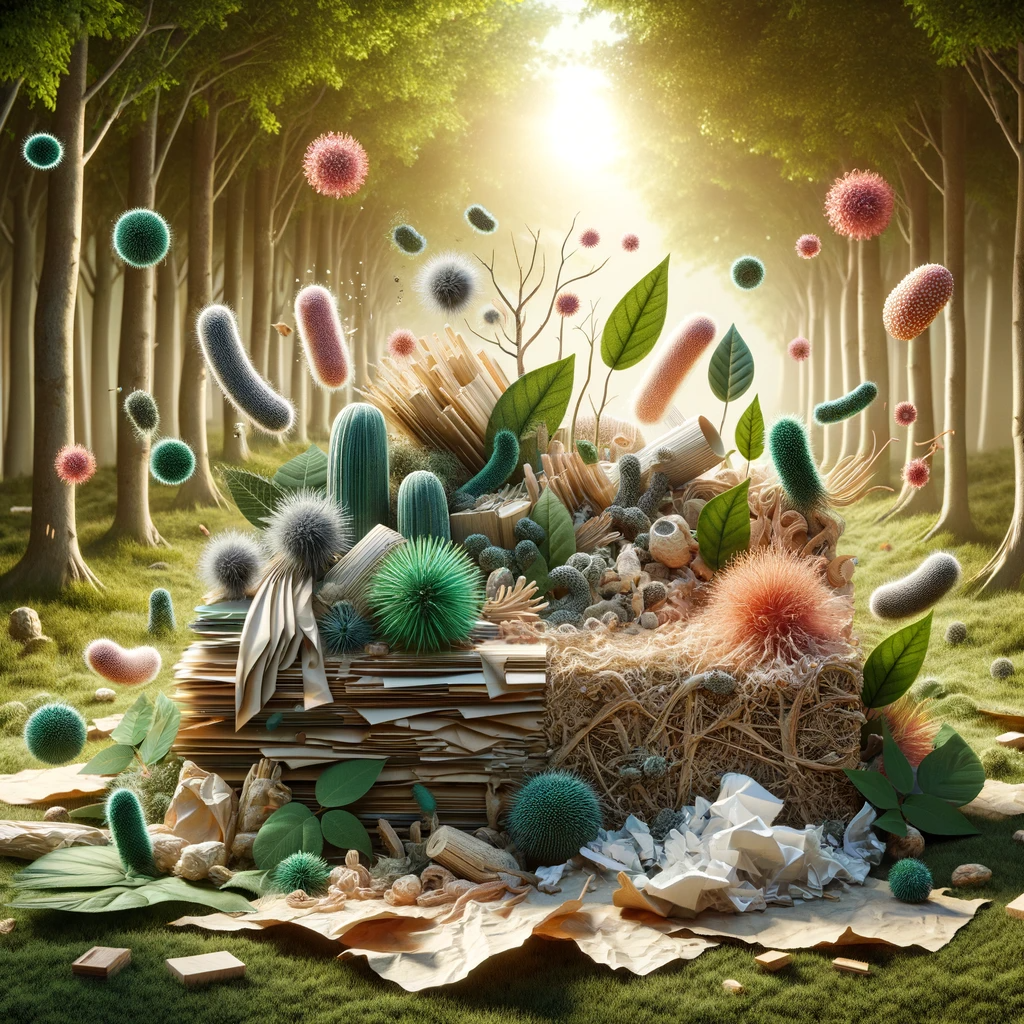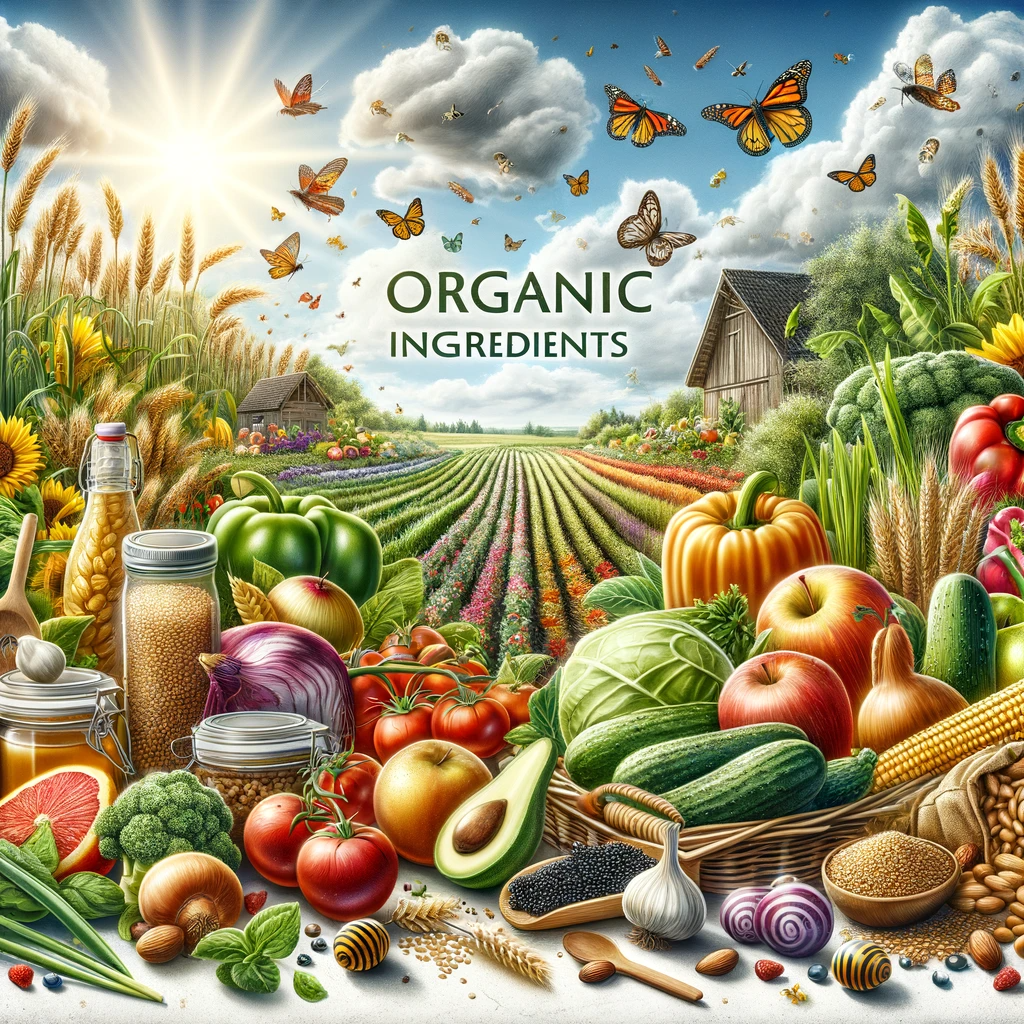Conservation Area
Definition A conservation area is a region of land designated for the purpose of protecting and preserving natural resources, biodiversity, and cultural heritage. Expanded Explanation A conservation area is an important tool used by governments, environmental organizations, and communities to maintain the health and integrity of ecosystems, protect endangered species, and preserve significant cultural or […]
